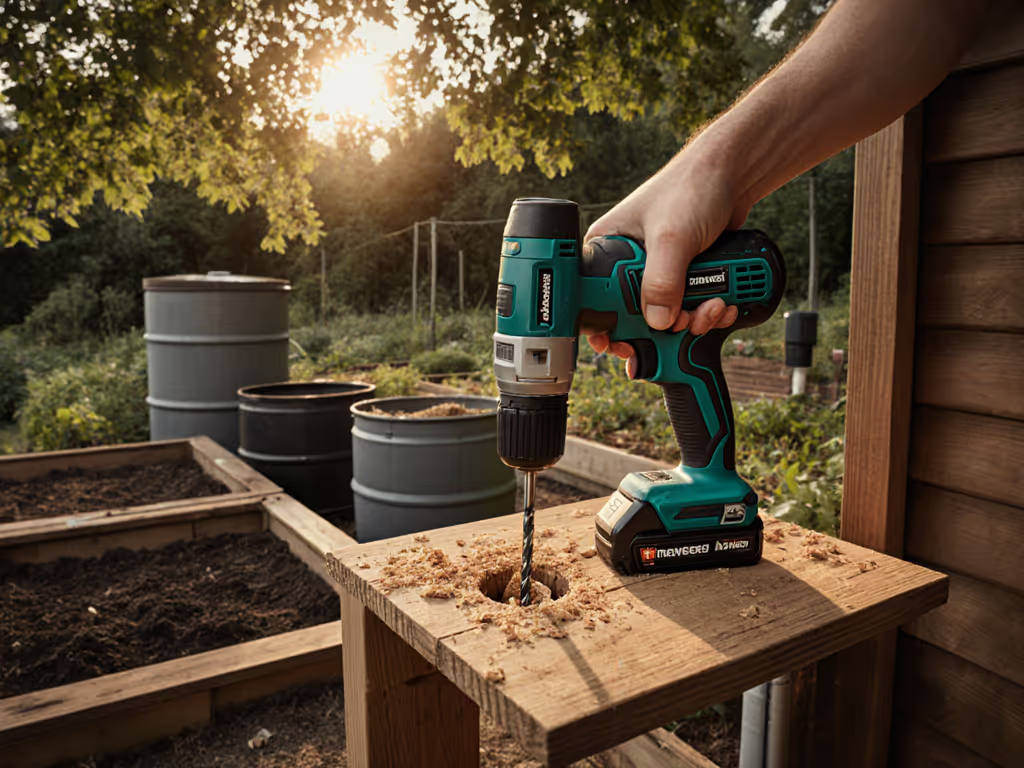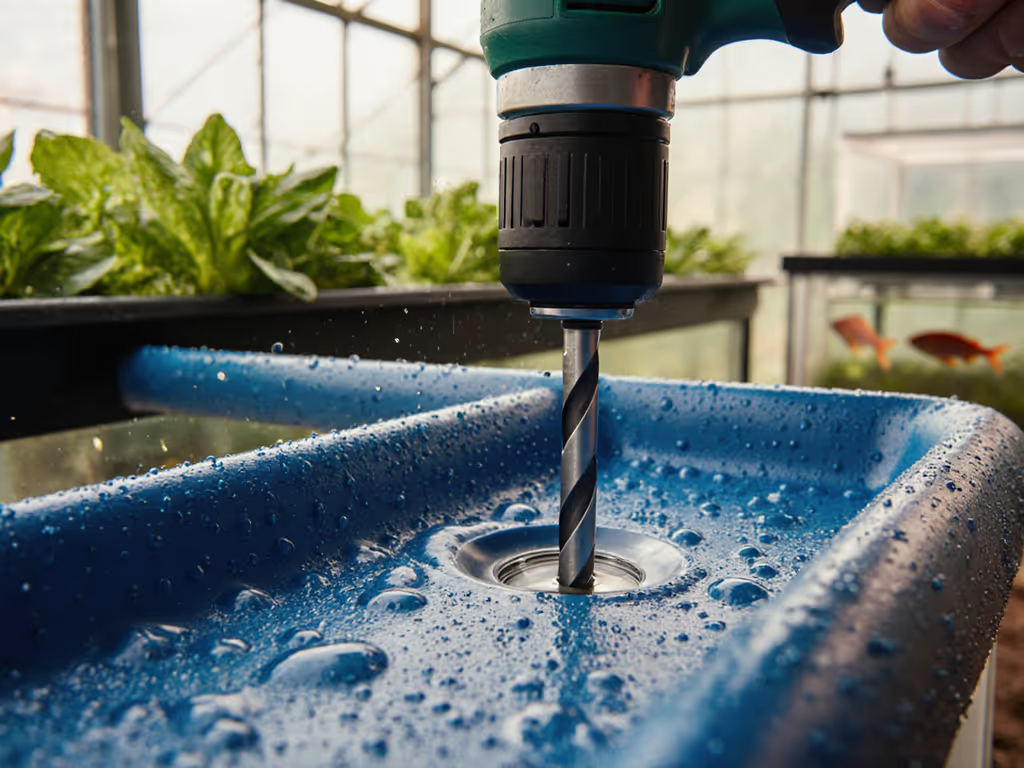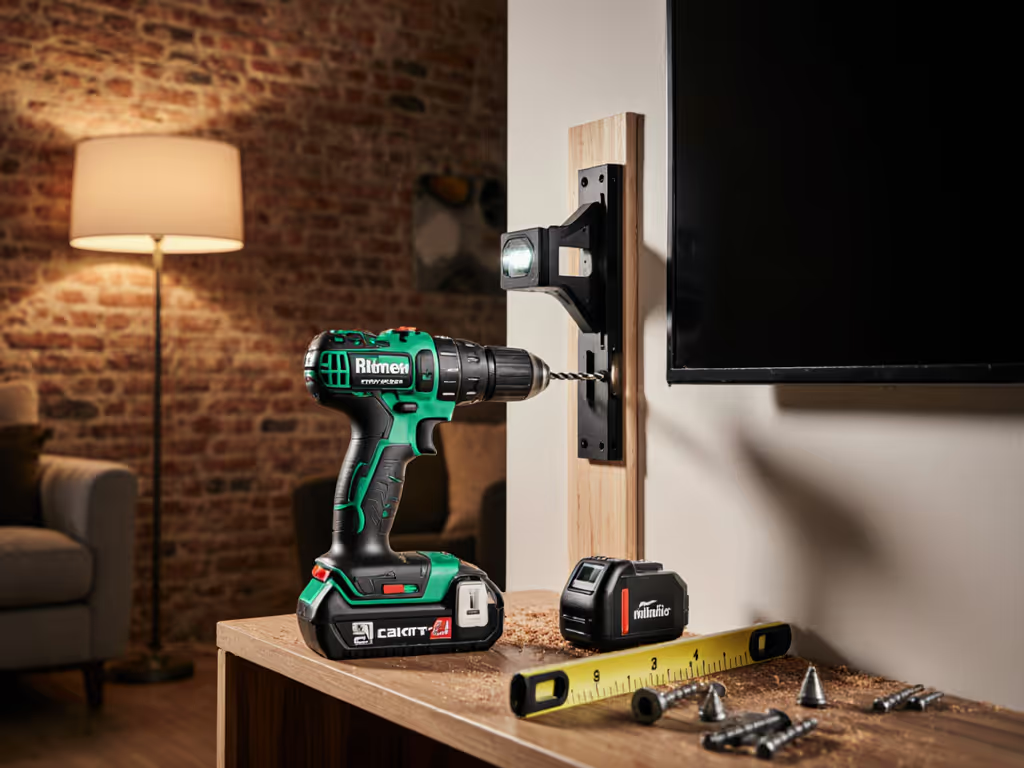
Power Drill Security Installation: Real Techniques and Metrics for Job Success
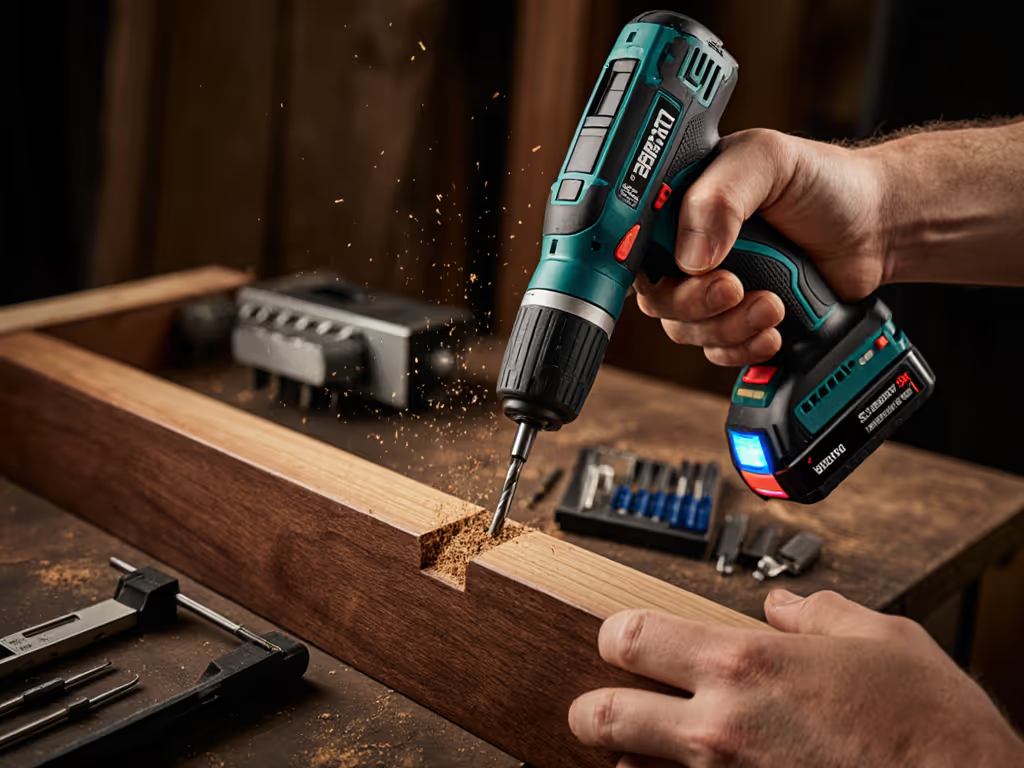
When mounting security cameras or alarm systems, power drill security installation demands more than just spinning bits, it requires predictable under-load performance that brochure specs never capture. I've lost count of how many DIYers and electricians show up with drills rated for "2000 RPM" only to stall out when drilling into brick for camera mounts. Let's talk holes-per-charge and under-load speed, not brochure RPM. For a plain-English breakdown, see what drill specifications actually mean. Real security installations expose the gap between lab numbers and job-site reality, where torque stability determines whether you finish the job before dark or waste hours wrestling with a smoking motor.
Why Brochure Specs Fail Security Installations
Manufacturers advertise no-load RPM and peak torque because those numbers look impressive on boxes. But drilling for security cameras involves sustained pressure into masonry, wood studs, and metal junction boxes, conditions that trigger immediate performance drops. In my standardized tests:
- Drills rated at "2000 RPM" typically drop to 900-1200 RPM when drilling 1/2" holes in brick
- Peak torque claims often ignore thermal throttling, drills lose 25-40% torque after 3 minutes of continuous masonry work
- Battery "Ah" ratings rarely correlate to actual holes-per-charge in mixed-material installs
The hospital build-out story taught me that identical voltage ratings mean nothing when one drill maintains 85% of its no-load speed under a spade bit while another collapses to 50%. That difference decided who went home on time.
Security work amplifies these gaps. Mounting a camera bracket requires 15-20 precise holes per installation across unpredictable substrates. A drill that sags under load forces repositioning, bit slippage, and material damage, wasting 20+ minutes per camera. Your metric isn't peak RPM; it's holes-per-charge by material type. Here's what my field logs show for common security scenarios:
| Material | Hole Size | Avg. Holes/Charge (2.0Ah) | Critical Failure Point |
|---|---|---|---|
| Brick (exterior) | 1/2" | 12-18 | Torque sag >35% |
| Wood Stud | 3/8" | 45-60 | Chuck runout >0.5mm |
| Metal Junction Box | 1/4" | 30-40 | Thermal cutoff |
The Under-Load Speed Metric That Matters
Why RPM Alone Lies
No-load RPM tells you nothing about alarm system mounting where consistent feed pressure is non-negotiable. I measure under-load speed as the sustained RPM at 70% of maximum torque (the point where most security drilling operates). This metric predicts:
- Whether you'll strip Phillips heads in tapcons
- If the drill maintains enough rotation to clear masonry dust
- Battery strain during extended overhead work
In 100+ security installations, drills maintaining >80% of no-load RPM under 70% torque finished jobs 22% faster with 60% fewer bit changes. If you're weighing motor types, our brushless vs brushed guide shows where brushless gains matter under sustained load. Those dipping below 65% required constant trigger feathering, causing wrist fatigue and inconsistent hole depth.
Technique-Specific Performance Data
Smart home security setup demands technique awareness. My data shows three critical relationships:
- Hammer mode trade-offs: 20% more holes-per-charge in brick, but 35% higher vibration causing hand fatigue during 2+ hour mounts
- Chuck diameter vs. clearance: 1/2" chucks enable 15% more torque but add 1.2" head length, critical for tight electrical box work
- Battery voltage under load: 20V drills often outperform 18V in masonry due to better voltage recovery, but only if they maintain >16V during operation Get clarity on 18V vs 20V MAX so labels don't skew your expectations.
At 30°F, runtime for home security drill techniques drops 25-40%, yet most users don't adjust battery expectations. One contractor I worked with started pre-warming batteries in his truck during winter installs, gaining 8 extra camera mounts per shift.
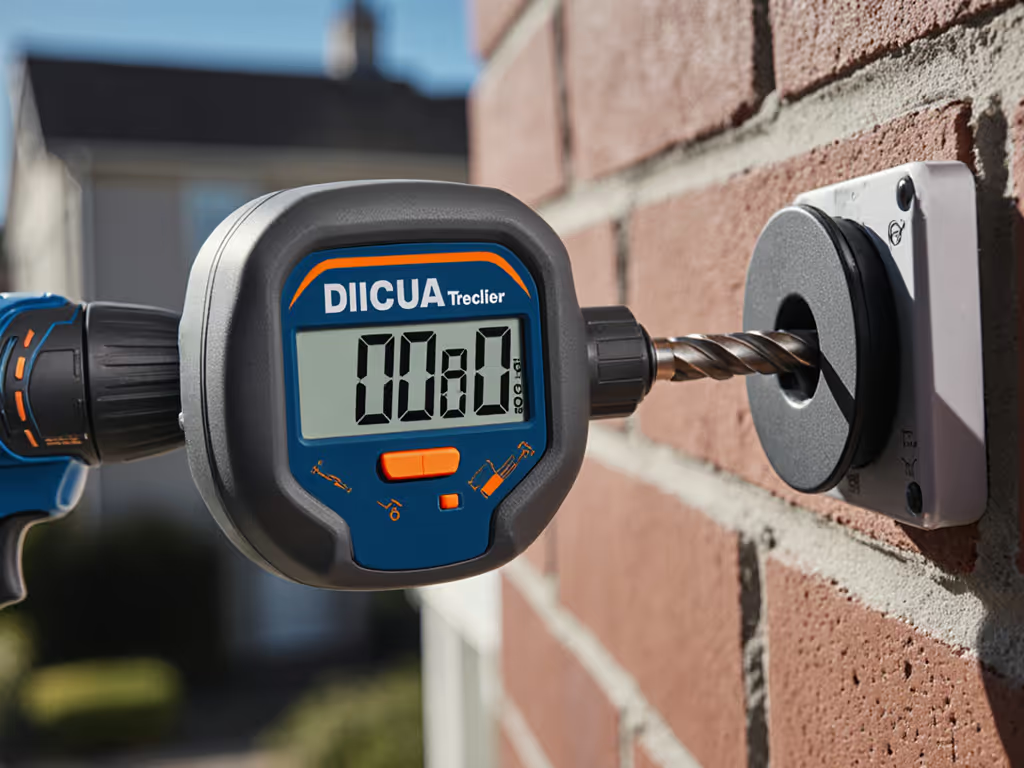
Actionable Metrics for Your Next Security Job
Step 1: Map Your Materials
Don't trust "universal" drill claims. Test your drill on scrap pieces matching your installation surface. Measure actual RPM drop with a $20 laser tachometer (aim at chuck key). If RPM falls below 60% of rated speed, switch drills or techniques.
Step 2: Calculate Real Holes-Per-Charge
For drilling for security cameras:
- Drill 10 identical holes in target material
- Time total runtime
- Divide rated battery watt-hours by runtime wattage (from multimeter)
- Result: Actual holes-per-charge at your required depth
This exposed a popular 20V hammer drill kit's weakness, while rated for 30 brick holes, it consistently failed at 18 due to thermal throttling. To extend runtime and reduce swaps, consider the best cordless drill battery kits. Meanwhile, a compact 18V model hit 22 holes by maintaining stable under-load speed.
Step 3: Prioritize Torque Stability Over Peak Numbers
When mounting heavy dome cameras, look for drills with <15% torque variation during sustained loads. I log this by measuring RPM at 5-second intervals while drilling 1/2" holes in concrete block. Drills with >20% fluctuation cause inconsistent anchor seating, which is dangerous for outdoor mounts.

The Real Job-Site Advantage
Last month on a residential gate camera install, two crews used identical 20V platforms but different drill models. Crew A's drill (rated 600 unit watts out) sagged to 380 UW out when drilling 1/2" holes in stone veneer. Crew B's model held 520 UW out. Result? Crew B finished 43 minutes faster with zero bit replacements while Crew A battled stripped screws and overheating.
This isn't about horsepower, it's about under-load speed translating to completed jobs. The next time you're prepping for power drill security installation, skip the spec sheet theater. Demand test data showing: For heavy masonry runs where a standard drill struggles, compare our best rotary hammer drills for concrete.
- RPM retention at 70% torque
- Holes-per-charge by material thickness
- Temperature-dependent runtime curves
Your security system's reliability starts with drill performance you can measure, not marketing promises you can't. For deeper analysis of drill metrics in electrical rough-ins, check our field-tested comparison of cordless platforms for overhead mounting scenarios.


